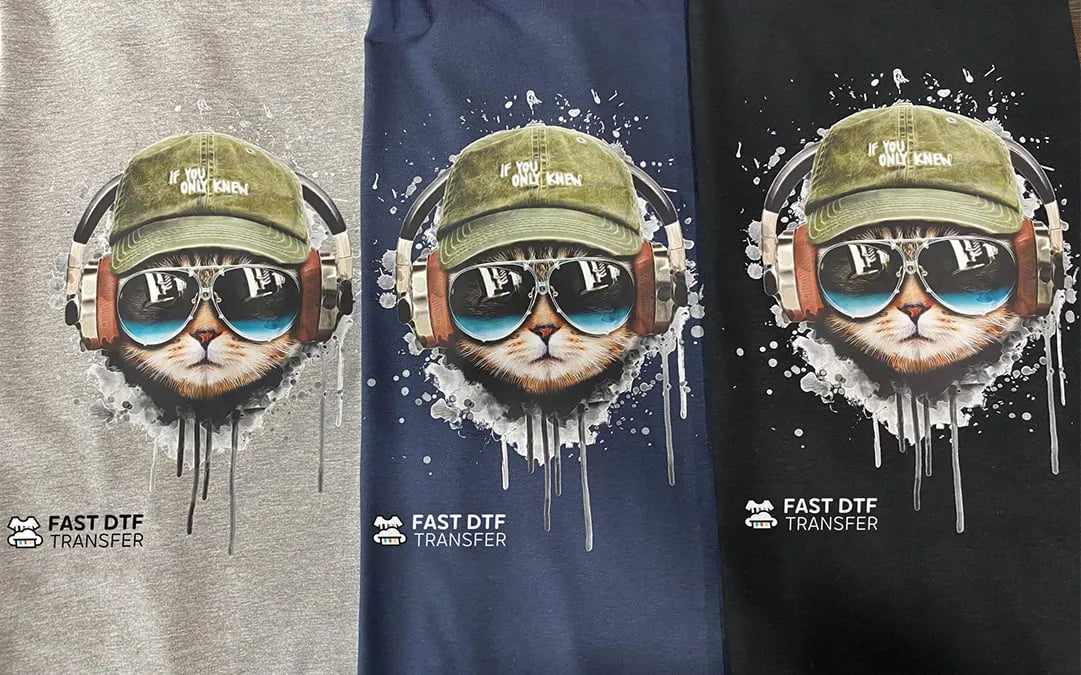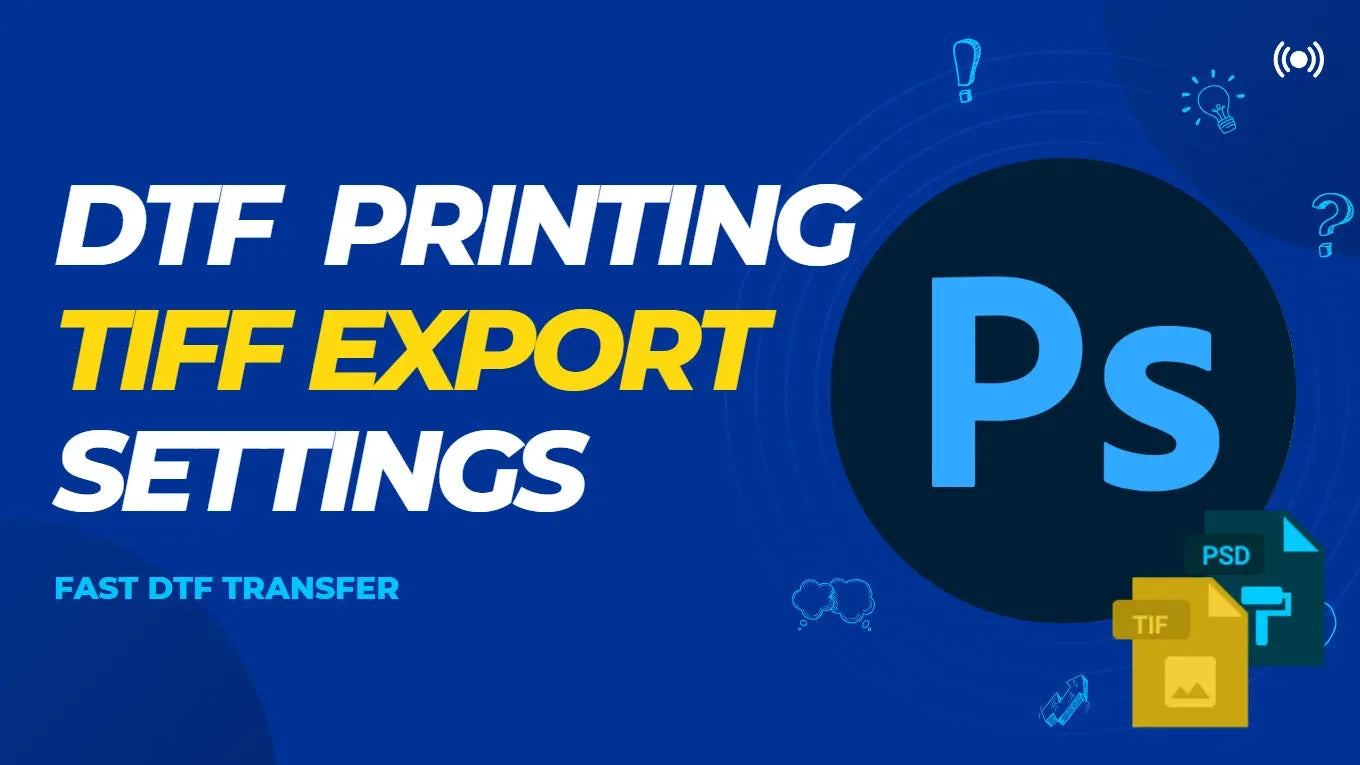DTF, DTG, and white toner printing are all popular printing methods for creating high-quality, full-color designs on various surfaces, including fabrics, ceramics, and paper. However, each method has its unique features, strengths, and limitations. Here are some of the differences between DTF, DTG, and white toner printing:
DTF (Direct-to-Film) printing:
- Uses a transfer film to print designs on various surfaces
- Can be used on light and dark fabrics
- Can print vibrant colors, including white and metallic
- Offers a softer feel compared to traditional screen printing
- Suitable for printing small and large batches
- Requires a special DTF printer, transfer film, and pre-treatment solution
DTG (Direct-to-Garment) printing:
- Prints designs directly onto the fabric using a digital printer
- Offers a soft, comfortable feel with no texture
- Suitable for printing complex, full-color designs
- Can print on light and dark fabrics
- Ideal for small batch printing with no setup costs
- Requires pre-treatment solution and a DTG printer with CMYK and white ink
White toner printing:
- Uses a printer with white toner cartridges to print designs on various surfaces, including dark fabrics and paper
- Offers a bright, opaque white base for printing full-color designs on dark surfaces
- Can print vibrant colors with a glossy or matte finish
- Suitable for printing small and large batches
- Requires a printer with white toner cartridges, heat transfer paper, and a heat press
In summary, DTF printing uses a transfer film to print designs, while DTG printing prints designs directly onto fabric using a digital printer, and white toner printing uses a printer with white toner cartridges to create a white base for printing full-color designs on dark surfaces. Each method has its unique features and strengths, and the choice depends on the printing requirements and preferences.


